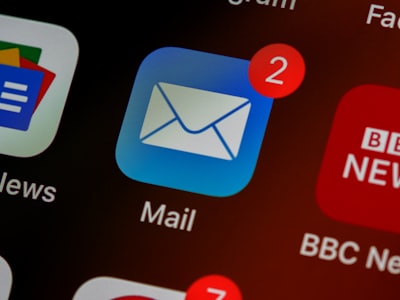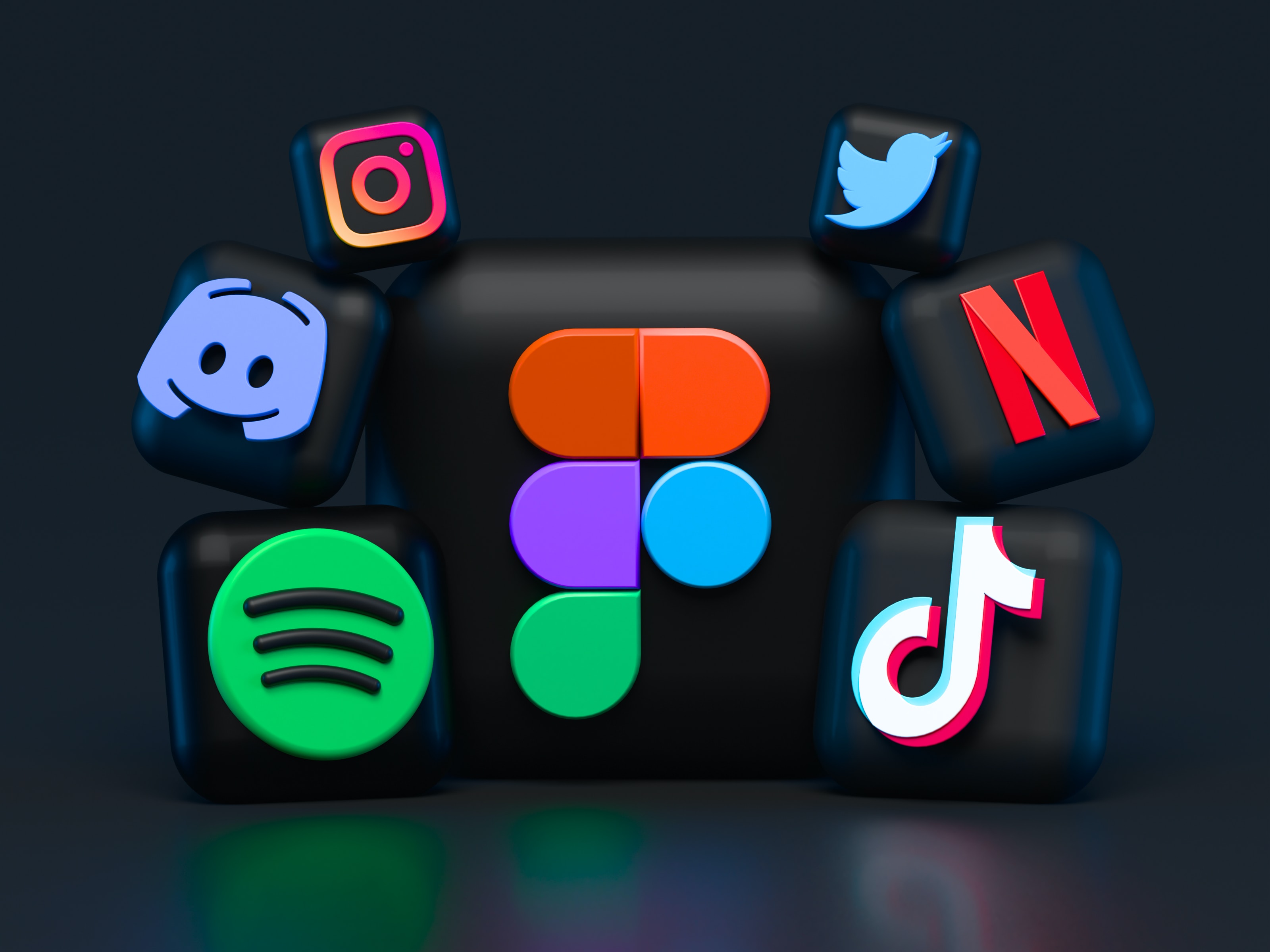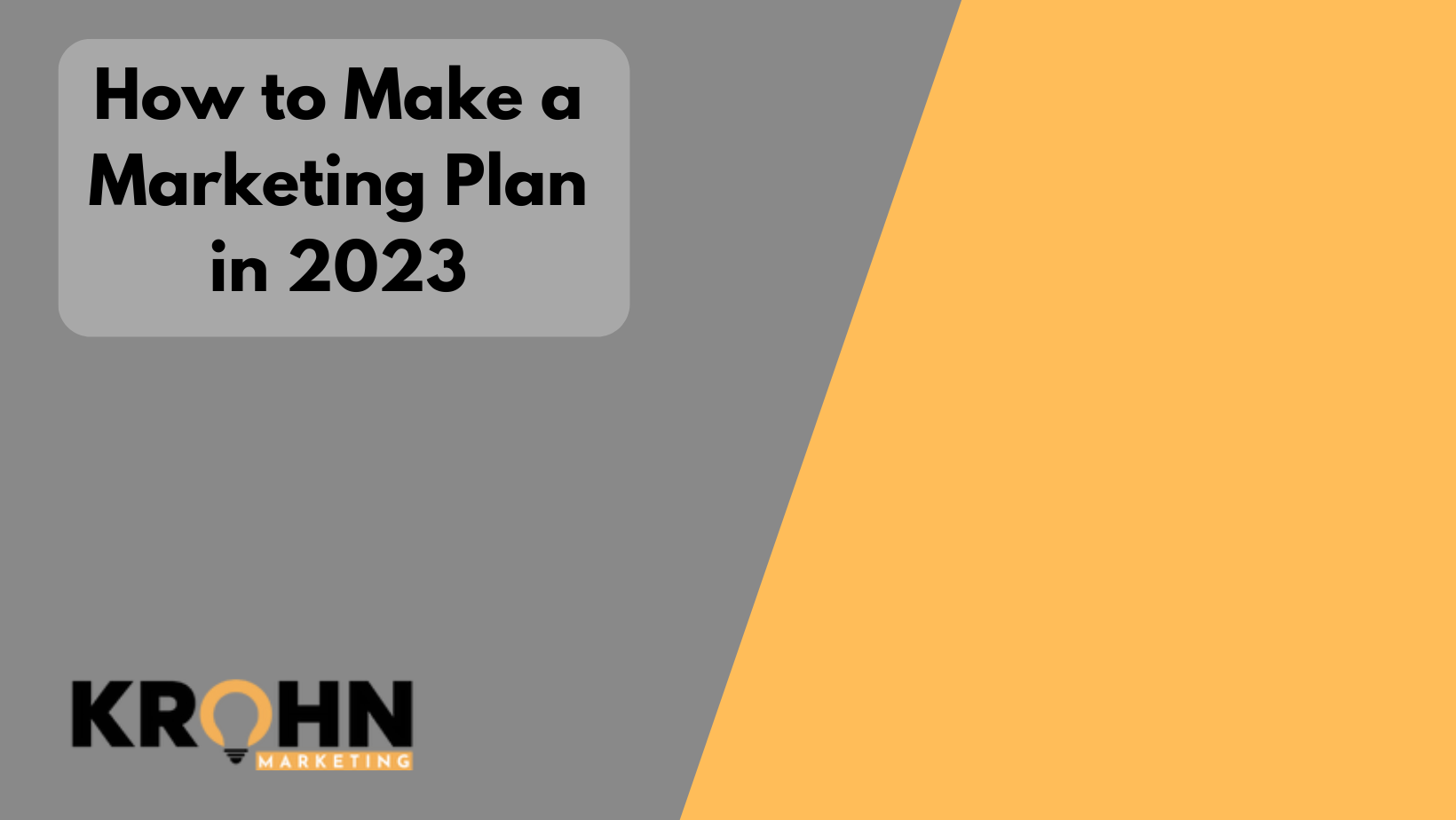Content Marketing Strategy in 2023: 7 Proven Best Practices for Success
Content marketing is an essential part of any internet marketing strategy as it helps businesses to attract, engage, and retain customers through creating and sharing valuable, relevant, and consistent content. With the rise of digital channels and social media platforms, the demand for quality content has grown tremendously.
Why It's Important To Explore Different Content Types For Your Content Marketing Strategy?
When it comes to the optimal type of content for your content strategy, some may advocate for blogs, while others may champion infographics as the most effective means of generating exposure. eBooks can help you establish your expertise, whereas memes may drive organic sharing.
We say try every form available and let your audience decide what they resonate with the most. let's look some different types of content.
1. Blogs
Blogging is a key part of content marketing strategy that can boost organic traffic with targeted keywords. They are low-cost and evergreen, providing Google with valuable information for SEO. To maximize their impact, write for humans, use keywords, optimize for speed, and use headers for easy reading. Blog posts can help you with backlink strategy as well.
Plus, it’s a great way to show off your brand’s personality.
Case Studies
Case studies offer a longer format to add keywords and provide a cohesive narrative with real statistics to accurately portray your business's solution. To make the most impact, focus on an issue your audience can relate to and accurately depict how your business solved the problem.
Checklists
Checklists are a popular tool for tackling tasks and solving problems. They help break down complex jobs into manageable steps and can be a valuable marketing tool for generating leads. By providing a free and easy-to-use tool for your audience, you establish expectations, create ownership, and increase productivity.
Customer Reviews And Testimonials
Customer reviews and testimonials provide valuable credibility and influence consumer shopping choices. Encourage them by directly asking, incentivizing, or automating replies. They cost nothing and can help overcome objections. Google factors in positive reviews for quality guidelines. Prominently feature them on webpages and in emails.
Ebooks
One of the best ways to present yourself as an authority is to demonstrate thought leadership. And one of the best ways to do that is by creating an eBook. These long-form texts are not advertisements, at least not in the traditional sense, but instead, they offer value to potential customers by deep diving into a subject particular to your field.
Email Marketing
Email marketing is essential for reaching a targeted audience. It allows you to engage with leads at every stage of the sales funnel, using limited time offers, birthday messages, and abandoned cart emails. By segmenting your audience and measuring your results, you can refine your strategy for future campaigns.
Guides and Step-By-Step Guide
In-depth guides are necessary for any company offering a complex product or service. Another way to demonstrate how knowledgeable you are, they are a great way to expand your online presence.
They can also help eliminate frustration and minimize learning curves – both things' customers love.
Infographics
Infographics are an effective marketing tool for presenting information in a visually appealing format. They highlight important statistics, events, or timelines, and can be shared easily on social media. To maximize their impact, include a snippet of HTML code for other webmasters to embed. They also often act as standalone content that can be shared on social media.
Social Media Posts
Social media is crucial for any marketing plan as it allows businesses to connect with their target audience. To maximize its impact, companies need to identify the platforms their audience uses, create content with consistency that resonates with them, and build relationships with relevant influencers. Repurposing existing content is also an effective strategy.
User-Generated Content
Much like testimonials, content created by your users gives you an authenticity no amount of self-promotion can match. Even better, because it’s generated by a third party, it doesn’t take much investment on your part.
Videos
Video is a powerful tool for engaging your audience. It's no secret that platforms like YouTube, Instagram, and Meta's Reels have made video ubiquitous in digital marketing. While video content can require more time and resources to produce than text or static content, it has been shown to increase dwell time, improve customer understanding, and generate more leads.
Webinars
Webinars can be a valuable addition to your content marketing strategy. They offer online education sessions that can educate existing and potential customers, attract new leads, and establish your authority in your field. To create a successful webinar, identify an area of need, offer unique content that adds value, and require an email list for registration to build new contact lists.
Why Use Different Types of Content For Your Content Marketing Strategy?
Different people have different preferences when it comes to consuming content. To reach a wider audience, marketers need to create varied content such as videos, webinars, and downloadable texts to gain visibility. Creating a multi-channel content plan is important to achieve long-term success. It must fulfill certain criteria:
It should provide value.
It should promote your brand and product/service.
It should be targeted to your specific desired audience.
It should actively move customers along the purchasing journey.
Don’t be afraid to experiment and take risks. Not every type of content works for every brand, but if you put in the work, you’re sure to see rewards and create your own content marketing strategy.
Now we will discuss seven best practices in content marketing strategy that businesses can use to create compelling content that resonates with their audience and drives business results.
1. Understand What Your Audience Wants
It's crucial to understand what your audience wants from you. What kinds of content are they looking for? What topics are they interested in? What problems do they need help solving? When you understand what your audience wants, you can create content that provides them with value and meets their needs.
2. Align Your Efforts With Your Business Goals
Before creating any content, it is important to know your goals. What are you trying to achieve with your content marketing strategy? Are you looking to increase brand awareness, build customer loyalty, or generate leads? Once you know your goals, you can create content that is aligned with them and helps you achieve desired results.
3. Create Compelling Content
Creating compelling content is essential for engaging your audience, building your brand, and driving traffic to your website. Whether you're a blogger, social media influencer, or business owner, you need to create content that stands out and captures your audience's attention.
4. Make It Visually Appealing
In today's attention economy, it is important to make your content visually appealing. People are bombarded with content from all sides, so if your content doesn't stand out, they're likely to move on to something else. Adding visuals such as images, infographics, and videos can help capture attention and keep people engaged.
5. Write Catchy Headlines
Your headlines are one of the most important elements of your content. A good headline will make people want to click and read your content, while a bad headline will cause them to scroll right past it. When writing headlines, focus on creating ones that are clear, interesting, and benefit driven.
6. Write For Your Audience, Not For Search Engine
It is important to remember who you are writing for when creating content. Relevant content that your audience interested in will help. Write in a style that appeals to your target audience and use language that they will understand. Avoid industry jargon or making assumptions about prior knowledge - keep it simple so that everyone can follow along.
7. Promote Your Content
Once you've completed content creation, it's important to promote it so that people actually see and read it. post your content on social media, email it to your subscribers and reach out to influencers in your industry who might be interested in sharing it with their audience. By promoting your content, you'll be able to reach a larger audience and get more people engaging with what you have to say.










